How To Grow Your Brand's Social Media Presence
Growing your social media is vital in today's times. Lucky for you, BrandSnag is here to help! Here are Ways to Grow Your Brand's Social Media Presence.
Identify Target Platforms

To grow your brand's social media presence, start by identifying the right platforms for your audience. In 2024, there are 5.17 billion social media users globally. Facebook, with 3.05 billion monthly active users, is heavily used by 89% of marketers and is ideal for the 25-34 age group. Instagram, favored by 80% of marketers, excels in visual and short-form video content, with the average user spending 2.5 hours daily on social media. YouTube and TikTok are essential for video content, with TikTok particularly popular among younger audiences. Successful brands like Nike leverage user-generated content and influencer collaborations, while Wendy's engages with a witty brand voice. In the US, Millennials (ages 27-42) and Gen Z (ages 11-26) are the largest user groups. Social e-commerce trends, such as TikTok Shop and Instagram Shopping, are growing, with social media advertising spending projected to reach $219.8 billion in 2024. By focusing on these platforms and understanding your audience, you can create compelling content to grow your brand effectively.
Create Engaging Content
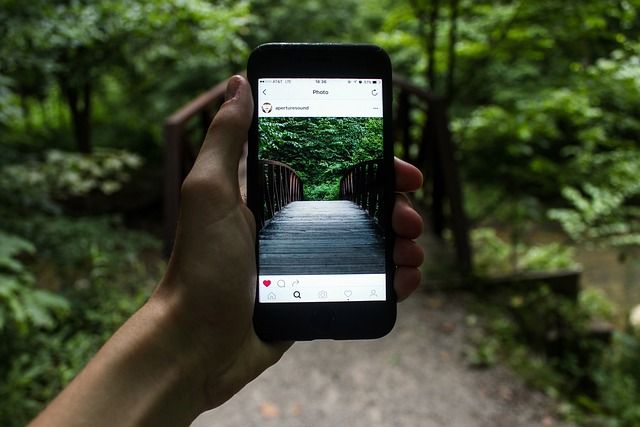
Creating engaging content is vital for any brand's social media strategy. In 2024, 5.17 billion people globally use social media, with the average person using 6.7 different networks monthly. Video content is highly effective, with 44% of users preferring short videos for learning about new products and 87% of marketers seeing increased sales from video marketing. Interactive content, such as polls and challenges, fosters community and brand advocacy. Facebook remains a powerful platform, with 89% of marketers and 3.05 billion monthly users. The average American spends 31 minutes daily on Facebook, with a large user base aged 25-34. Brands like Burt's Bees and GoPro effectively engage audiences through interactive and user-generated content. The top three content types for consumers are new, funny, and inspiring. Successful brands will focus on these in 2024 to increase engagement and ROI. A systematic literature review suggests using mixed methods to link qualitative and quantitative data for a comprehensive view of social media engagement.
Use Hashtags
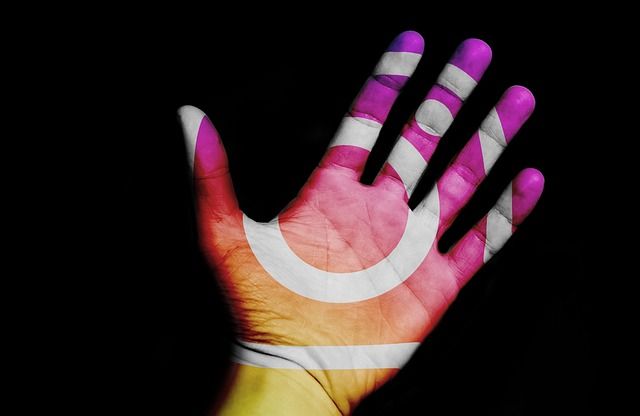
Hashtags are essential for enhancing brand presence on social media by categorizing content. Instagram posts with hashtags see higher engagement, but using more than 10 can reduce it by 68.2%. On TikTok, 4-5 hashtags maximize reach. Campaigns like Coca-Cola's #ShareACoke and REI's #OptOutside show hashtags' power in driving engagement, generating substantial user-generated content, and building brand visibility. Research shows hashtags also foster communities. The hashtag #HarmReduction connects users on drug policy topics, improving post searchability. Tweets with public education hashtags are more likely to be retweeted. HubSpot found businesses tweeting with hashtags are 33% more likely to get retweets, and using 1-2 hashtags can double engagement on Twitter. Hashtags help brands participate in trends. KFC boosted visibility with #NationalFriedChickenDay, and Domino's Pizza UK trended with #LetsDoLunch. Tools like BuzzSumo and social media analytics track hashtag effectiveness, showing context-relevant hashtags enhance reach.
Engage with Your Audience

In 2024, engaging with 5.17 billion social media users is important, with the average person using 6.7 networks monthly. Video content is vital, with 44% of users preferring it for learning about new products and 87% of marketers reporting increased sales. Facebook, with 3.05 billion users and 31 minutes of daily use, is ideal for targeted videos, especially for ages 25-34. Instagram sees high engagement with carousel posts, particularly for accounts under 10,000 followers. Twitter, with 41.5 million daily US users, sees 55% more engagement with GIFs and over 2 billion daily video views. LinkedIn reports a 75% engagement boost with diversified content and AI insights. Influencer marketing, trusted by Millennials, grew to $4.14 billion in 2022. Short-form videos are 2.5 times more engaging, capturing 66% of consumers' attention. Additionally, 90% of users follow brands, with 75% spending more on those they follow. Webinars, surveys, and distinct brand voices further enhance engagement and trust.
Run Contests and Giveaways

Contests and giveaways on social media seriously boost brand awareness and engagement by encouraging participants to share posts, creating widespread exposure and driving traffic to social media pages and websites. For instance, a contest requiring participants to find a hidden code on a website can increase site traffic. Successful examples include Starbucks' #RedCupContest, which boosted engagement and visibility through holiday cup photos, and Leneys, a women's apparel company, which grew Facebook likes from under 500 to over 21,000. Sprout Social's contest increased followers and engagement by incentivizing users to follow their page. Contests also help grow email subscriber lists. Binkd, with lead capture forms, was used by Abhaya Yoga Dumbo to give away free yoga classes, attracting relevant leads. Seventy-five percent of marketers report profitable returns from social media advertising, with 71% planning to increase influencer marketing budgets in 2024. Tools like SweepWidget, Woorise, and ViralKit facilitate running social media contests, offering numerous entry methods and integration with multiple platforms.
Invest in Social Media Ads

Social media advertising is set to reach $256 billion by 2028, with $220 billion in 2024 alone. Meta is expected to generate $155.6 billion in ad revenue this year. Short-form videos, which are 2.5 times more engaging than long-form content, capture 66% of consumers' attention, as shown by TikTok's over 1 billion monthly active users. In 2024, 87% of marketers will increase investment in social media DMs for personalized interactions, and 74% of people use social media for purchasing decisions. Social media ads have an average CTR of 1.21%, with 90% of users following at least one brand and 75% spending more with brands they follow. Live-streaming ads on platforms like YouTube are gaining traction. AI and machine learning enhance ad relevance and ROI, with tools like Meta's Advantage+ optimizing campaigns. Social commerce sales are expected to hit $1,698 billion in 2024, with Facebook Marketplace and Instagram Checkout driving conversions. Micro-influencers generate 60% higher engagement rates than mega-influencers. Mobile access dominates, with 99% of users connecting via mobile devices, requiring mobile-optimized ads. Ephemeral content like Instagram Stories engages over 500 million daily users, fostering urgency and higher conversion rates. Increased regulatory scrutiny in 2024 will require investments to combat misinformation and harmful content, ensuring a safer environment for users and brands. Investing in social media ads means using various formats, optimizing for mobile, and leveraging AI to improve performance while staying ahead of trends and regulatory changes.
Track and Measure Performance
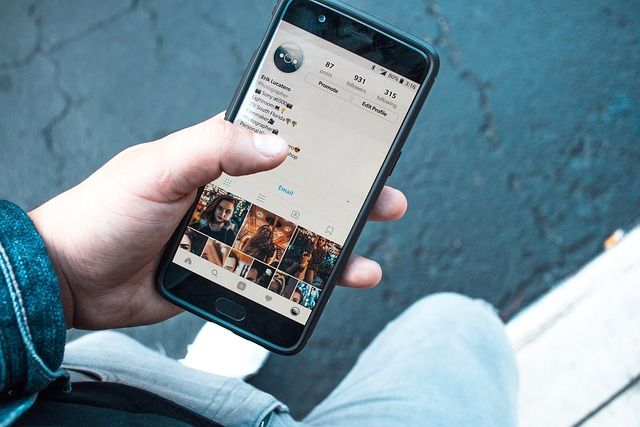
Key metrics provide insights into how well your content resonates with your audience and the overall effectiveness of your strategy.
Engagement Rate: This metric reflects audience interaction with your content and is calculated as:
- Engagement Rate=(Total Engagement (likes + shares + comments)Total Views)×100Engagement Rate=(Total ViewsTotal Engagement (likes + shares + comments))×100
It gauges content quality and audience attention.
Follower Growth: Tracks new followers over time, indicating community expansion and successful marketing strategies.
Brand Mentions: Measures how often your brand is mentioned across platforms. Tools like Brand24 can identify which platforms generate the most mentions and effective content types. For instance, analyzing Spotify's mentions reveals key trends.
Social Media Ad Spend: Projected to reach $219.8 billion in 2024, with mobile ad spend at $255.8 billion by 2028. Video content is particularly effective, with 44% preferring short videos for learning about new products and 87% of marketers reporting increased sales.
Platform Usage: Facebook is used by 89% of marketers, with Instagram at 80%. The average American spends 31 minutes daily on Facebook, with a powerful user base aged 25-34.
Engagement Metrics: Likes, shares, and comments indicate audience interaction. High engagement boosts visibility and credibility. A 2022 study found that high engagement increases brand trust among 70% of consumers.
Reach and Impressions: Reach measures unique users who see your content, while impressions count total displays. High reach is vital for brand awareness.
Despite a 35% drop, TikTok's median engagement rate is 2.63%, still outperforming other platforms.
Real-Life Examples: Dove's "Real Beauty Sketches" generated nearly 30 million views and 660,000 Facebook shares in ten days. GoPro's "Million Dollar Challenge" saw 43,000 submissions and meaningful engagement through user-generated content.
Adjust Strategies Based on Data

Successful campaigns from brands like Airbnb and Mercedes-Benz highlight the power of data-driven adjustments. Airbnb's "Wonderlust Showcase" on Instagram boosted brand awareness and bookings, resulting in over 6.7 million followers and a 1.5% engagement rate, surpassing the travel industry average. Mercedes-Benz's campaign with top photographers garnered 87 million organic impressions and 2 million likes, showcasing the impact of strategic adjustments based on engagement metrics. Real-life examples underscore the importance of data in refining strategies. Dove's "Real Beauty" campaign used data to create the #SpeakBeautiful tool, improving online experiences for women and enhancing brand perception. Statistics show that 79.7% of people make purchases influenced by online ads, and 55% discover brands through social media, emphasizing data's role in targeting and engagement. Social commerce is vital, with 87% of users making online purchases in 2023. Influencer marketing is growing, with 71% of marketers increasing budgets in 2024, highlighting the need for data in selecting influencers and measuring impact. Case studies, like Hallam Agency's video campaign for Cadent Gas Limited achieving nearly 15 million impressions, illustrate data-driven strategy success. Social media marketing benefits include increased brand awareness, customer engagement, and sales. However, challenges like maintaining brand consistency and managing negative comments persist. Data provides insights into audience behavior and campaign performance, aiding informed adjustments. Social listening tools help understand audience behavior, track competitors, and measure campaign effectiveness. For example, one company identified acquisition conversations accounting for 5-70% of social buzz, leading to strategies that removed roadblocks and incentivized purchases.
Collaborate with Influencers
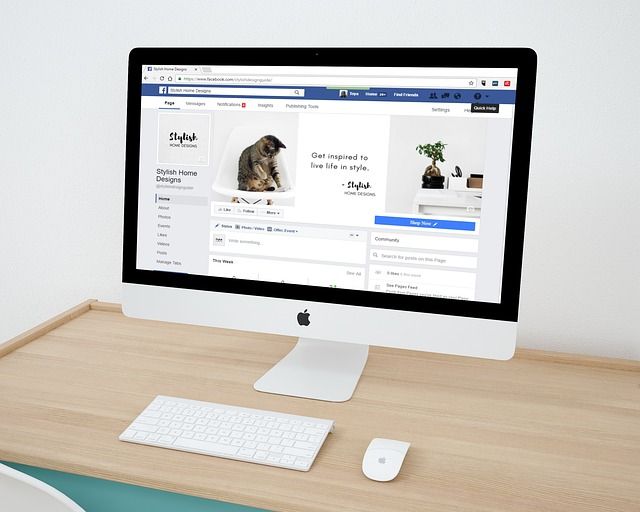
In 2024, 69% of marketers plan to increase their influencer marketing budgets, reflecting the channel's effectiveness. Michael Kors' "The Walk" campaign, for example, generated 137 million impressions, with 40% from Instagram. In the beauty industry, 93% of creators are willing to work with brands for free products if they love the brand, offering cost-effective engagement opportunities. Nano-influencers, with fewer than 10,000 followers, achieve the highest engagement rates at 4.39%, which is important for building authentic audience connections. Successful campaigns underscore targeted partnerships; for instance, Aloft Hotels' campaign focusing on music and technology achieved 14.3 million video impressions and a 20% click-through rate. The Instories app saw a 9.1% engagement rate from its influencer campaign, boosting it to top positions on Brazil's App Store. Influencer marketing drives consumer behavior, with 51% of consumers purchasing after seeing a product used by an influencer and 69% trusting influencer recommendations. Brands earn an average of $4.12 for every $1 spent on Instagram influencer campaigns. Platform preferences are shifting, with 90% of brands increasing their presence on Instagram and 89% of creators prioritizing TikTok. TikTok's influence is growing, with 40% of 18 to 29-year-olds using it for product research. Niche influencers can effectively target audiences; for example, IBM's B2B campaign with micro-influencers in cloud computing and AI reached over 14 million people and generated 120,000 engagements, showing the value of partnering with experts to reach focused audiences. The influencer marketing industry is projected to be worth $24 billion by the end of 2024. Additionally, 83% of marketers believe influencer marketing generates the best-quality leads. In the travel sector, influencer campaigns on platforms like TikTok have shown considerable potential, achieving substantial engagement and effectively reaching travel enthusiasts.
Maintain Consistency
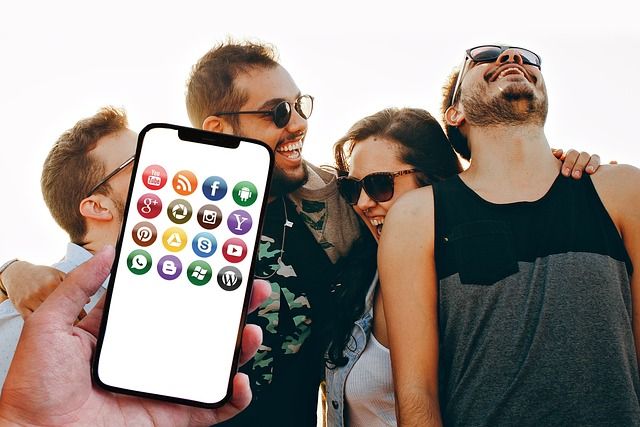
Brand consistency on social media can boost revenue by 10 to 20% by building trust and recognition among consumers. For example, Dove's Project #ShowUs reached 1.6 billion people, generating over 660 media pieces in 39 markets, and the hashtag #ShowUs was used over 7 million times in a year. BuzzFeed's collaboration with Friskies on the "Dear Kitten" series amassed over 32 million views on YouTube, with follow-up videos each garnering more than 3 million views. The hashtag #DearKitten received over 3.6 million views, showcasing the power of consistent, engaging content. With average daily social media usage at 151 minutes, maintaining a consistent presence is required. Moreover, 82% of shoppers prefer brands that share their values, and three-quarters abandon brands over value conflicts, highlighting the importance of consistent value communication. Nike's Instagram maintains athletic content aligning with their brand image, while the Houston Rockets use a dedicated color palette and design elements to reinforce brand recognition. Consistent posting schedules are vital, with recommended frequencies of 1-2 posts per day on Facebook and Instagram, and 1-3 posts per day on TikTok. Clear calls-to-action in consistent content can greatly increase conversions, as 57% of consumers follow brands to learn about products and promotions. Fenty Beauty by Rihanna maintains a consistent brand voice using emojis, slang, and a friendly tone, helping build a loyal customer base.